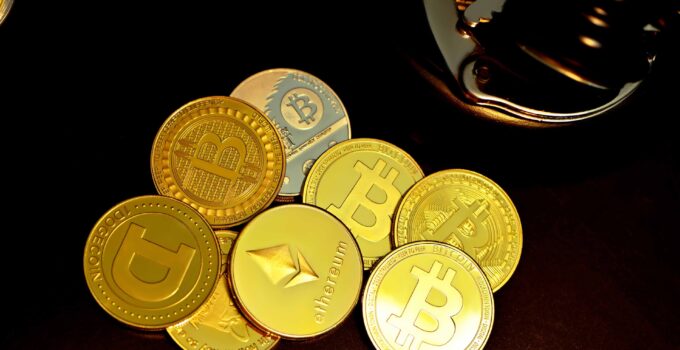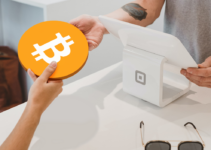If you have paid even the slightest amount of attention to the new developments in the world over the last decade or so, you must have heard about digital currencies and everything around them. Since we are 10+ years removed from their initial appearance on the market, a lot of people know what cryptos are, how they work, and how they are able to exist. Terms like mining, blockchain, and most importantly for this article, decentralization, are present in the collective consciousness of an average 21st century person.
On top of all this, cryptocurrencies are also one of the most coveted investment instruments of the past decade and the business opportunity everyone is considering when they want to broaden their investment horizons. The value of the entire market has already surpassed $2 trillion in 2025, and it seems that nothing can stop it from reaching higher numbers in the near future. Basically, cryptocurrency is the place to be right now and more and more people know it.
Why Is It So Big?
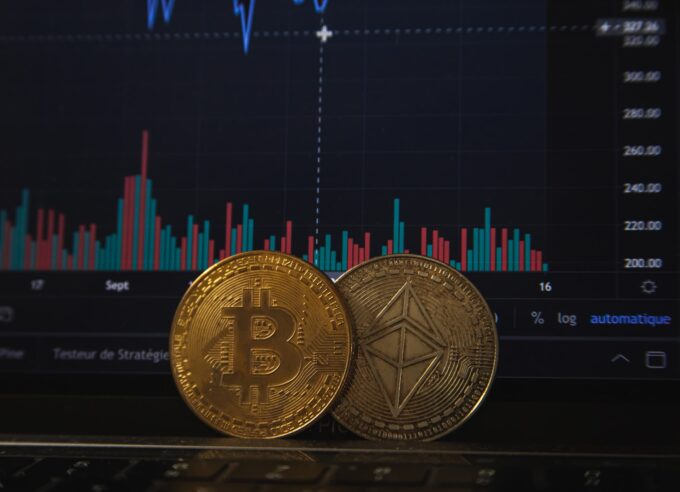
Source: unsplash.com
It can be argued that there have been many new opportunities for investment over the last few decades. However, crypto does not really have competition in how much it has managed to influence and change the world, not only the IT and finance industries it is directly a part of. So what has allowed cryptocurrencies to increase so much in value and take over as the best new thing on the block? Why do investors buy Ethereum and Bitcoin in such massive proportions, and why do they invest in new coins that have just appeared? More than anything else, cryptocurrencies draw their value from their decentralized nature and their very nature. To find out more about this, make sure to check paybis.com and find additional information.
In the meantime, we will talk about how the cryptocurrency’s decentralized nature works and why it is important. In this article, we explore the concept of decentralization, what it means, and what its main benefits are. Moreover, we try to explain how cryptocurrencies use this model to offer an alternative and a better financial future to every human on the globe. It can be used for more than just digital currencies as we have only scratched the surface of this technology.
What is Decentralization?
Decentralization is the concept of having independence from one central governing system or institution. In a decentralized system, instead of having one central authority like a government or a central bank, the responsibility of making important decisions is distributed to multiple actors in this system. With crypto, those are the very people that use them.
For instance, a representative government is a type of decentralization. The people elect their representatives who then try to convey their thoughts and desires in the house. This is in contrast to royalty, where everyone answers to only one person, the king. In a decentralized system, there is not a single body that overlooks everything and dictates the rules, laws, and regulations.
How was the Concept of Decentralization Introduced in Cryptocurrencies?
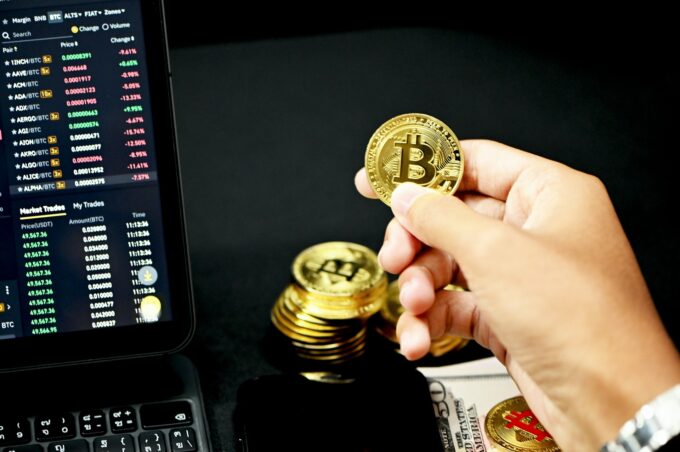
Source: unsplash.com
Just over a decade ago, the mysterious Satoshi Nakamoto introduced us to a new, revolutionary asset, now world famous as the leading cryptocurrency, Bitcoin. The original cryptocurrency was created as an alternative to FIAT (traditional) money which is inherently centralized and controlled by governments and banks.
FIAT currencies are issued by governments and are inflationary by design. The central bank decides when to print more money and inject it into circulation. Over time, this new money ultimately reduces in value because of the continuously increasing supply. The system is flawed in its core and it can be said that it is very outdated and in desperate need of an overhaul.
Bitcoin was created to allow the people to fight against this model and to combat it from continuing to dictate our society. New coins are minted through a mathematically controlled process called mining that releases a set number of coins on a regular basis. No one can decide to arbitrarily add more bitcoin to the supply, and the total is limited to 21 million.
The technology that was introduced through bitcoin is called blockchain. It is a distributed ledger of records that can be modified only through the proper consensus. In this system, everyone holds everyone else accountable and everything is transparent. Every transaction made on the network is recorded on the ledger and made public. Consequently, anyone can verify the veracity and integrity of the data and there is no possibility of fraud and misuse.
Benefits of Decentralization for the Crypto Industry (and Beyond)
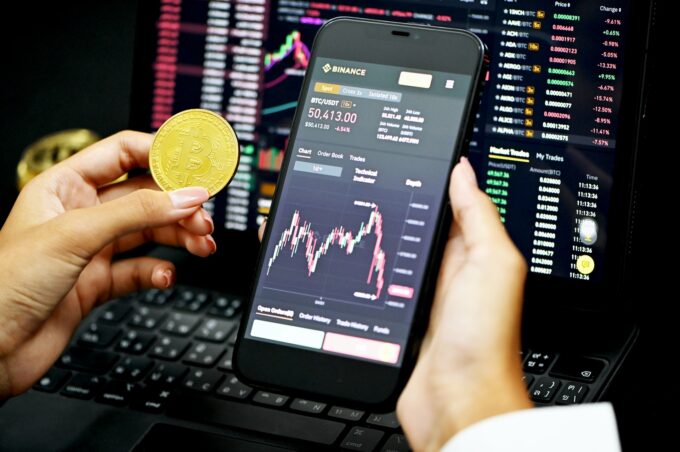
Source: unsplash.com
At first, this blockchain technology was pretty basic and limited to various cryptocurrencies. Its main usage was digital currencies and the safe transactions of these assets over the internet. However, with the implementation of smart contracts and the Ethereum blockchain, the number of use cases skyrocketed overnight. It is not only a question before it takes over numerous other industries and changes them forever.
Blockchain has great potential to be used in a vast array of industries thanks to these self-executing contracts. This has contributed to the prices of cryptocurrencies rising to astronomical levels in the past few years. The main benefits of this technology are:
- Trusted environment – we do not need a third trusted party to execute transactions, as everyone holds a copy of the decentralized ledger.
- No central weak point – because they are distributed, decentralized networks are very difficult to compromise. Unlike servers, they do not present an easily exploitable point for hackers and scammers.
- Provides data integrity – data on the blockchain is immutable without proper consensus from other participants in the network. This means that data can be trusted, as it is verified continuously by the network contributors.
- Proof of ownership – thanks to the cryptography employed in blockchain technology, only the user in possession of their private key can use and spend assets that are in their possession.
Application of Decentralization in Crypto

Source: unsplash.com
Thanks to smart contracts and the deployment of dApps on various blockchains, developers have been able to provide us with various revolutionary products, including:
- Decentralized finance – an entire, parallel financial ecosystem, where people can use traditional financial products such as lending, borrowing, interests, and trading, but without any intermediary body. This allows people from third-world countries to invest in financial instruments otherwise unavailable to them due to poor banking infrastructure in their areas.
- Supply chain and internet of things – blockchain technology improves the supply chain significantly, providing better end-to-end visibility of products in the chain. Moreover, they can be connected to IoT devices and update their status automatically through smart contracts.
- NFTs – NFTs allow us to tokenize anything of value, including collectibles, works of art, but also real estate or insurance contracts. Consequently, they can be used to create a metaverse, a virtual world with its own economy, closely linked to DeFi and the cryptocurrency market.
Decentralized Autonomous Organizations
The decentralized nature of cryptocurrencies has inspired enthusiasts to form Decentralized Autonomous Organizations (DAO). This is an entity or organizational structure wherein token holders have the right to manage and make decisions for the organization.
Unlike typical corporations that have a board of directors, a DAO has no central governing body. Rather, token holders or members are expected to share a common goal and act according to the best interests of the DAO. The organization conducts its voting process through the blockchain and the major consensus will then be coded into it.
Like cryptocurrencies, DAOs rely heavily on blockchain technology. Typically, the structure is used to issue new cryptos or non-fungible tokens (NFT) in exchange for money—which is then used as capital to acquire new assets, develop a product, or launch a new business. This is why DAOs are pretty common in the metaverse. According to Metamandrill, the metaverse is a collaboration, or merger, between the physical and digital worlds through the application of different technologies and programs.
DAOs are a perfect example of such collaboration since they utilize digital assets and platforms for a variety of objectives, which typically include expanding assets and investments outside of the digital realm.
Conclusion and Takeaways
Cryptocurrencies have revolutionized the world as we know it and they are only getting started. Bitcoin brought decentralization under the spotlight since it relies on the blockchain and its entire nature in order to exist. People all around the world are slowly beginning to understand its importance in our dysfunctional financial system that is bound for a fresh set of changes.
All in all, decentralization in finances in particular has a bright future ahead of it. The DeFi market should grow exponentially in the upcoming years, providing high-quality financial instruments to anyone with an internet connection. It is a good time to be involved in crypto, that much is certain, so make sure to become a part of the system as soon as possible. You will eventually use it anyway so why not get ahead of the curve while there is still time to do it?

